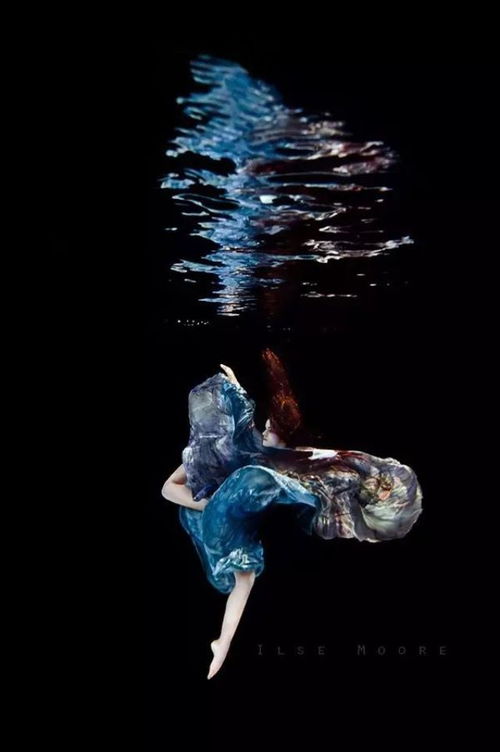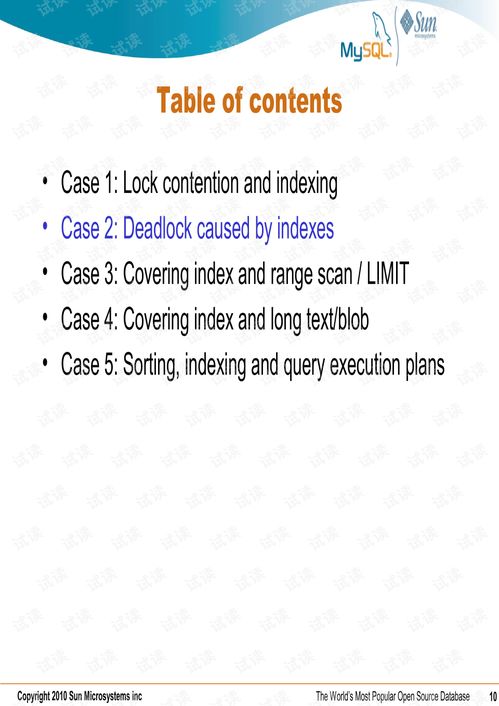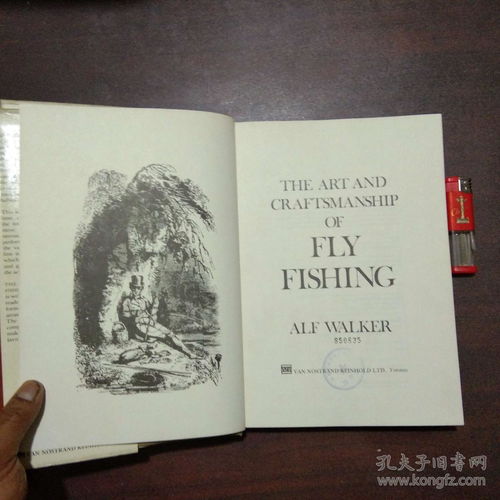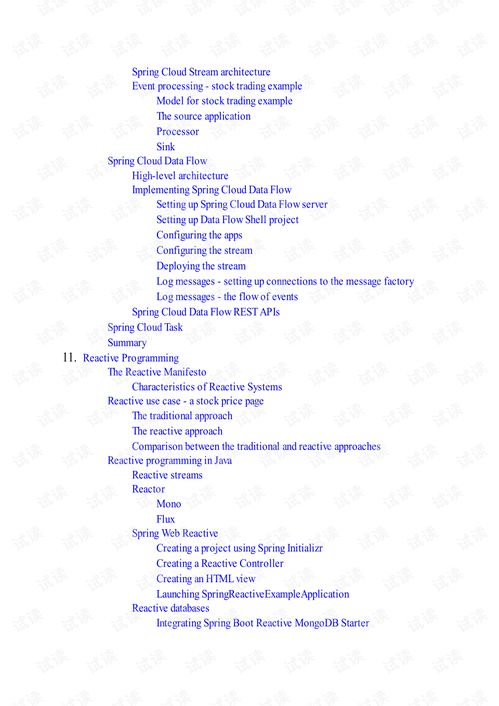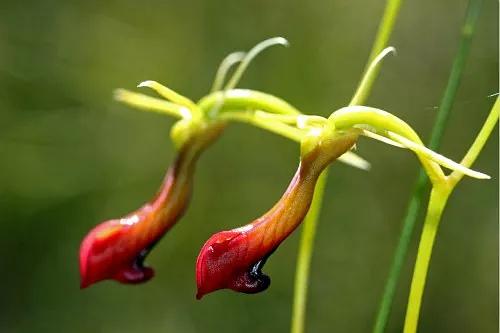Content:
Fishing, an ancient and timeless pursuit, has always been a favorite pastime for many. Among the countless techniques and strategies employed by anglers, the art of catching big fish remains a cherished skill. Whether you are a seasoned angler or a beginner looking to up your game, learning the tricks of the trade from a fishing master can be invaluable. In this article, we will delve into the techniques and insights of a seasoned fishing pro to help you become a big fish master.
Understand the Territory
Before casting your line, it is crucial to familiarize yourself with the fishing spot. Observe the water conditions, such as flow rate, depth, and vegetation. Pay attention to the types of fish that inhabit the area and their preferred habitats. A thorough understanding of the territory will help you identify the best spots for big fish.
Choose the Right Gear
Selecting the appropriate gear is essential for catching big fish. Here are some key components to consider:
Rod: A strong, durable rod with a good backbone is ideal for big fish. The length and weight should be suitable for the type of fish you are targeting.
Reel: A quality reel with a strong drag system is crucial for controlling the fight with a large fish. Choose a reel that is appropriate for the size of your rod and line.
Line: Use a line that matches the size of the fish you are targeting. Monofilament, fluorocarbon, and braided lines each have their advantages, so choose the one that suits your fishing style and conditions.
Lures and Bait: Big fish often require larger lures or bait. Opt for lures that mimic the natural prey of the fish you are targeting, and don't hesitate to go big if necessary.
Master the Art of Casting
Casting is an essential skill for catching big fish. Here are some tips to improve your casting technique:
Practice: Spend time practicing your casting in a wide-open area to develop muscle memory and improve your accuracy.
Timing: Learn to time your casts correctly. A well-timed cast can make the difference between a missed opportunity and a successful catch.
Distance: Aim for a distance that allows you to reach the fish without spooking them. Overcasting can lead to lost lures and missed bites.
Read the Water
A skilled angler can read the water like a book. Look for areas where fish are likely to congregate, such as around rocks, logs, or submerged vegetation. Observe the water flow and identify any patterns or behaviors that might indicate the presence of big fish.
Patience is Key
Catching big fish requires patience. Don't rush the process. Wait for the fish to come to you. If you feel like the fish are not biting, try changing your approach, such as adjusting your lure presentation or moving to a different spot.
Learn from the Masters
Observing and learning from experienced anglers can provide invaluable insights. Attend fishing clinics, join fishing clubs, or simply strike up a conversation with fellow anglers. You might be surprised by the wealth of knowledge and tips you can glean from others.
Respect the Fish
Once you've landed a big fish, it's essential to handle it with care. Here are some tips for releasing big fish safely:
Use a net: A net can help you safely handle the fish without damaging its slime coat or fins.

Keep the fish in the water: Avoid removing the fish from the water for an extended period. This can lead to stress and injury.
Release quickly: Once the fish is in your hands, release it as quickly as possible to minimize stress.
In conclusion, mastering the art of big fish fishing requires a combination of knowledge, skill, and patience. By understanding the territory, choosing the right gear, and honing your casting technique, you'll be well on your way to becoming a big fish master. Remember to learn from the pros, practice, and always handle the fish with respect. Happy fishing!
